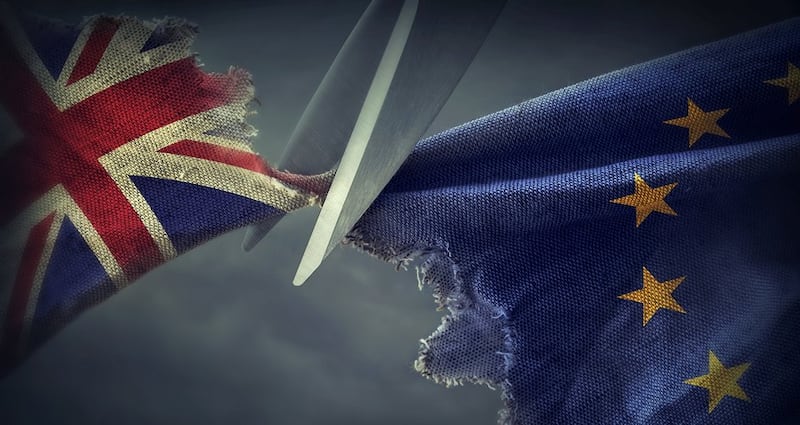In his brilliant book on the Iranian revolution of 1979, Shah of Shahs, the great Polish journalist Ryszard Kapuscinski reproduced an interview from a Tehran newspaper with a man who specialised in tearing down the statues of dictators. He did it in 1941, in 1953 and again in 1979. He had special hawsers for the job, stout sisal ropes he kept hidden away for the next opportunity. He spoke lovingly of his art: "It's not easy to pull down monuments. It takes experience, expertise. You have to know what they're made of, how much they weigh, how high they are, whether they're welded together or sunk in cement, where to hook the line on, which way to pull…" In 1979, he complained, there were too many enthusiastic amateurs "and there were accidents when they pulled the statues onto their own heads."
So it always is with history. We are not likely to be literally hauling down monuments but there is every chance that we are in for regime change on these islands. The political architecture, that has broadly held for a century since the creation of Northern Ireland in 1921 and independent Ireland in 1922, is now deeply unstable. It may well be that that unhappy settlement will have to be hauled down more rapidly than any of us is prepared for. But do we use expertise and experience to gauge its weight, to figure out which way to pull and where to hook the line on? Or do we, like over-enthusiastic amateurs, pull it down on our own heads?
I suggested last week that the lesson both from Brexit and from the traumas of partition and civil war is: avoid botched exits. The old saying that the first step is half the journey is especially true when you are stepping away from one political regime and hoping to travel towards a better one. You don’t want to trip over the doorstep on your way out. Ireland is not ready for unity, but we may have no choice but to take that step. It is vital to all of us that, if the necessity comes, we approach it with generosity, dignity, imagination and a feel for the full weight of its complexity.

This can’t be done with threats, triumphalism or the crude mathematics of a50-per-cent-plus-one majoritarianism. The tools for the job constitute a hard-won expertise forged from bitter experience. There are two of them. One is the Belfast Agreement’s guarantee of the right of everyone in Northern Ireland to be “Irish or British, or both, as they may so choose”. The other is article 3 of the Constitution as it was radically revised in tandem with the Agreement. It reimagines the national aspiration as “in harmony and friendship, to unite all the people who share the territory of the island of Ireland, in all the diversity of their identities and traditions”. Those must be our touchstones but, if we are to build anything decent with them, we have to ask some searching questions and try to answer them without bluster or rancour.
Uniting the people
The first question is: who guarantees the right of people in Northern Ireland to be “British” if “Britain” no longer exists as a political entity? Here we face one of the great paradoxes of our history. The logic of the Belfast Agreement is that Ireland must continue to guarantee this right to be British. How exactly will it do that? Can we imagine an independent Scotland, with its profound social, cultural and religious connections to Northern Ireland, becoming a co-guarantor of that right as, in effect, the successor state to the UK within the European Union? Can “Britishness” be embraced in its most progressive forms by, for example, extending the North’s national health service to the whole island?
The second question is: what form of government would flow from the achievement of the aspiration set out in article 3? We may not fully appreciate just how radical article 3 really is. It is actually much bolder even than the Belfast Agreement in its embrace of pluralism. It envisages not just three possible identities (Irish, British, both) but an open-ended multiplicity of “identities and traditions”. This, we must remember, is not abstract – in an Ireland where the second most-spoken language in the home is Polish, there really is a rich variety of hybrid identities. And what article 3 says is that we are not going back to the idea of “the nation” as a monolith. A united Ireland cannot be thought of as a top-down nation state governed from Dublin. So what does it look like? A plural state for a plural people?
There is a lot of hard thinking to be done before we get close to answers that can do what the Constitution aspires to, which is not to unite territory but to unite the people who share the island. But we had better make a start. We have a good model in the citizen’s conventions that have helped us through some rough waters. Let’s use this model to begin some calm and honest conversations. If something is on the way out, we must ensure that this time there is a decent departure.










